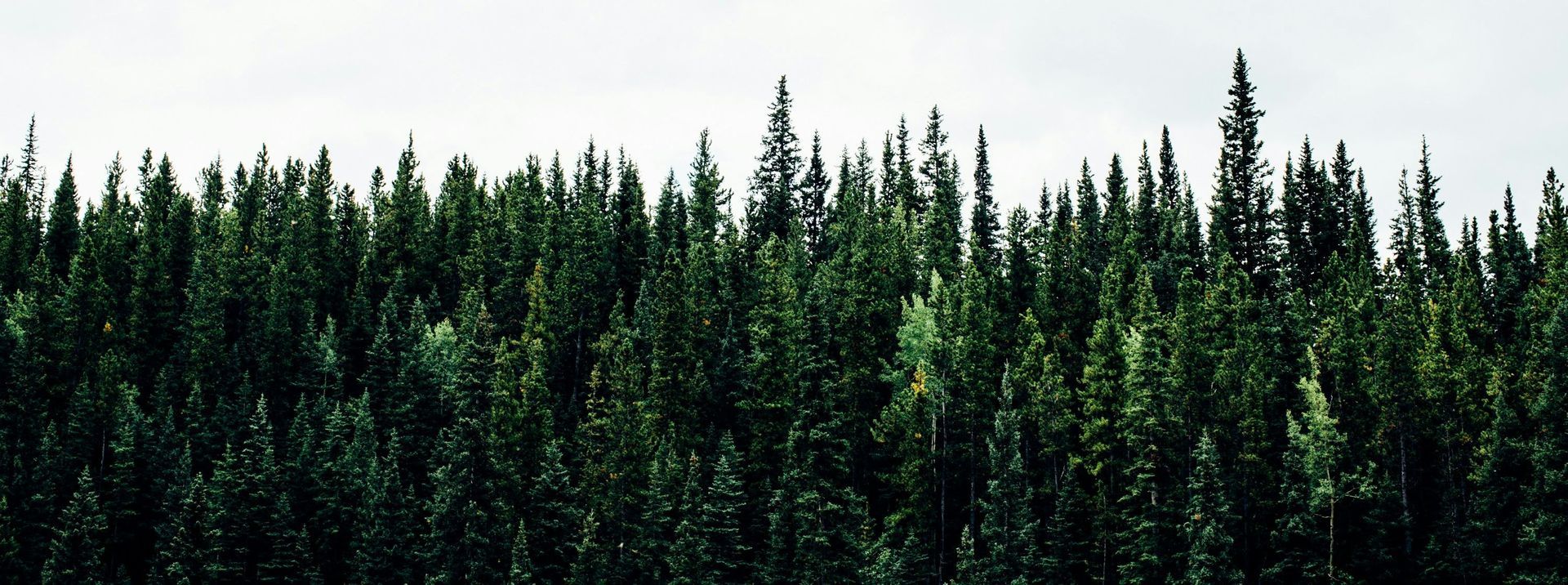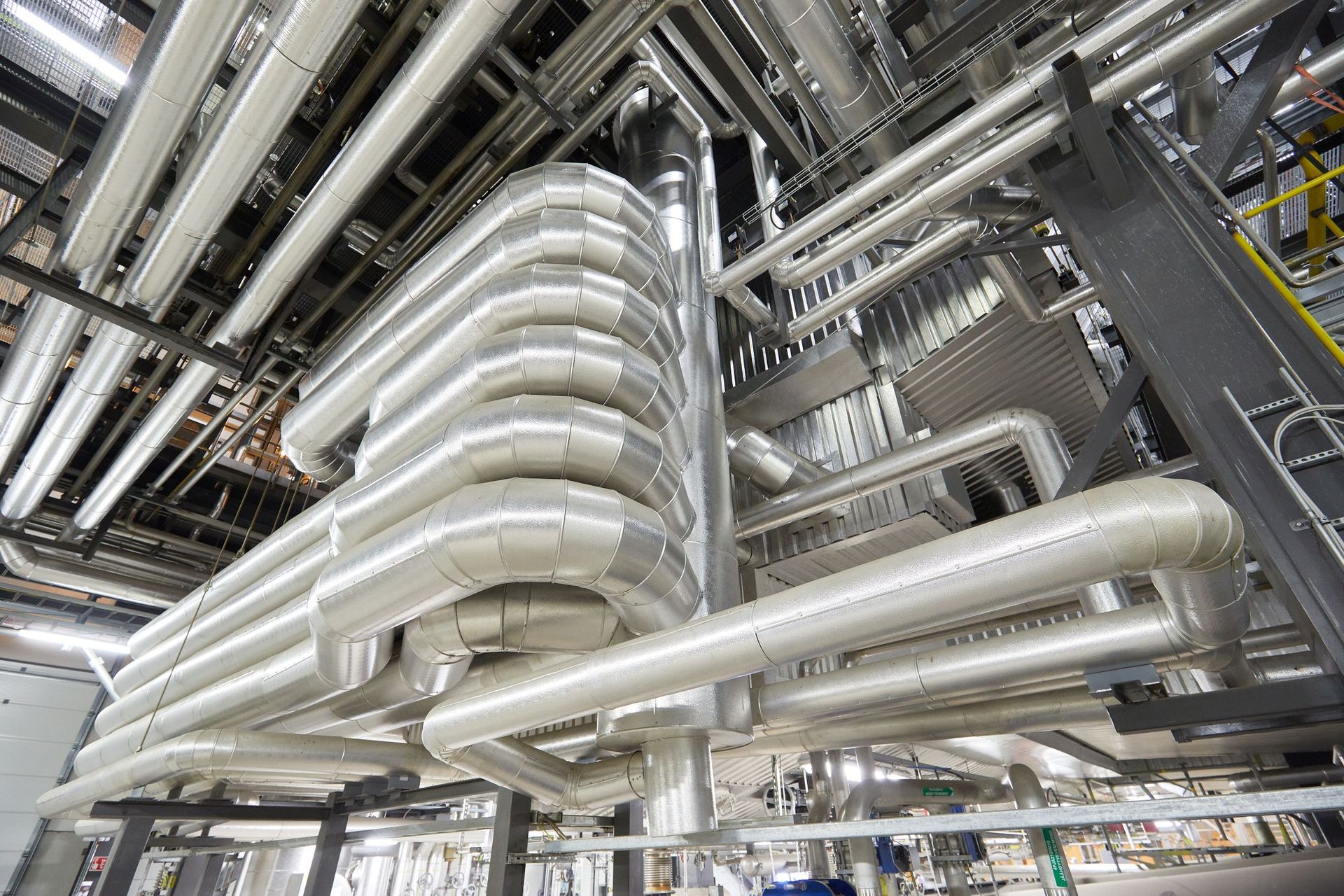WORKING ON THE FRONT LINE OF CLIMATE DEFENCE
Why clearing wildfire deadwood is crucial to saving Canada’s carbon sink.
CANADA’s boreal forest belt is home to numerous Indigenous tribes, our planet’s last large intact ecosystem and one of its biggest carbon sinks.
The country’s expansive evergreen belt – dominated by towering spruce, fir and pine trees interspersed with coniferous birch, aspen and poplars – stretches from the Atlantic coast of Newfoundland and Labrador to the western reaches of Yukon, before continuing through Alaska to Russia.
It is part of the planet’s Great Northern Forest biome – a commanding emerald-green crown of ancient trees that circle the Arctic and keep the earth breathing. The boreal colossus acts as a crucial component in regulating global climates by offsetting our species’ greenhouse gas emissions.
But wildfires, which break out annually and claim swathes of Canada’s dense forest, threaten to decimate all of the region’s native attributes and scuttle its vital carbon reservoir.
Every tree lost to wildfires that rage, sometimes for weeks and sometimes for months, reduces the capacity of Canada’s carbon sink to temper global warming.
In 2025, Canada has seen the second worst wildfire season in its history, two years after its worst. This year alone more than 8.3 million hectares of precious woodland were lost to forest fires across Canada.
More than 6,000 wildfires burned across nearly every Canadian province and territory, but most commonly in northern Alberta, Saskatchewan, Manitoba and Ontario.
And every one of those wildfires, caused by man-made global warming, left charred and fallen deadwood in its wake – creating a crisis of fuel continuity to exacerbate similar future fiery events.
Clearing this deadwood from Canada’s forest is now an urgent and logical practice to create fuel breaks so the spread of future blazes can be slowed and stopped. And, so the world’s most critical terrestrial carbon vault can be saved from further destruction.

Canada’s Boreal Colossus but Earth's Most Critical Carbon Vault
The significance of Canada's boreal forest to global climate stability cannot be overstated.
Its enormous expanse is estimated to hold about two-thirds of all the carbon stored in forests globally, and half of all global soil carbon. Combined, the Canadian boreal region alone stores about 67 billion tonnes of carbon in its trees, soil and peatlands.
When undisturbed, this immense capacity makes the boreal forest a powerful net carbon sink and something of a climate superhero.
Yet, this sink is under pressure and becoming dangerously fragile. Climatic changes of increased temperatures and fiercer lightning storms are producing more frequent and severe wildfires.
Warmer weather has also proliferated insect outbreaks, which have cut through and killed off huge sections of forest. Mountain Pine Beetles have now diseased millions of hectares of boreal forest in Canada’s western Alberta and Saskatchewan regions, after establishing themselves and decimating similar volumes of natural habitat in British Columbia.
The imperative is clear: every measure must be taken to protect the remaining stores of carbon in Canada’s boreal forest and prevent future wildfires that release it into earth’s atmosphere.

A Planet Enraged: The Rising Tide of Mega-Fires
The need for urgent action to stem the extent of forest fires in Canada is amplified by particularly stark facts about the local impact of global climate change. Canada is warming twice as fast as the global average and that is driving the spread of extreme wildfire weather conditions.
Lightning is cited as the cause of approximately half of Canada’s forest fires, and the country averages almost 4 million lightning strikes annually – the majority occurring through June, July and August.
But specific intense storm events in recent years – namely 2021, 2023 and 2025 – have generated tens of thousands of lightning strikes in concentrated periods, leading to a surge in wildfire ignitions.
This year in August, for example, nearly 70,000 lightning strikes were recorded in British Columbia in one week. But the extent of boreal forest set ablaze by these tree and ground strikes is perhaps a better indicator of the power of this new class of electrical storm.
The average annual forest area burned in Canada over the last 25 years is approximately 2.2 million hectares. However, the most destructive season on record, 2023, consumed 16.5 million hectares – a figure more than seven times the historical average.
The science is definitive: climate change has more than doubled the likelihood of extreme wildfire weather conditions in Canada. And conservative projections suggest the overall burn probability of forested land will increase by at least a further 17 percent before the century is up.
To cope with this rising tide of fire in Canada’s boreal forest, and to protect its carbon sink, active fuel management is an essential defence.

The Logic of Fuel Breaks: Stopping Fire in its Forest Tracks
A fire requires three components to burn: heat, oxygen, and fuel. And, in a post-wildfire landscape, hectares of charred and dried deadwood act as a massive and volatile fuel reserve.
Once a forest fire is extinguished, dead wildfire debris creates a fatal fuel scenario.
Toppled timber, branches, brush and dry needles create horizontal ground fuel that enables holdover fires, smouldering beneath forest floors in layers of peat and decomposing organic matter, to ignite this kindling and reach previously untouched sections of northern Canada’s forest.
Some of 2025’s wildfires began as holdover ‘zombie’ fires from as far back as 2023, and they took hold by burning their way through forest floor charred timber.
Vertically, closely spaced scorched tree trunks create ladder fuels that ignite forest canopies – leading to intense and dangerous crown fires that are difficult to control for aerial fire-fighting crews.
Clearing this deadwood and removing this debris creates crucial fuel breaks that protect ancient trees from fire. This critical practice breaks the continuity of fuel by separating burning material from unburned material.
Fires that encounter patchy or separated fuel sources spread more slowly, become easier to tackle for firefighters and leave more of Canada’s boreal carbon sink intact to draw in CO₂ from the atmosphere.

The Greenhouse Gas Double-Threat: Carbon Dioxide and Methane
The risk of leaving swathes of deadwood strewn in forest areas extends beyond igniting the next big fire.
The disintegration of woody matter creates a long-term threat to the atmosphere from decomposition gasses.
Left to decay, rotting wildfire deadwood releases its stored carbon back into the atmosphere as CO₂, but also through the production of Methane (CH₄) – a more impactful contributor to global temperature rises with 84 times the climate-warming potential of carbon dioxide over a two decade period.
Removing this slow-rotting carbon reserve from northern Canada’s boreal belt eliminates a significant source of CO₂ and high-impact CH₄ from the planet's collection of greenhouse gasses.

A Triple Mandate: The People, their Physical Environment and the Planet
The importance of removing deadwood extends further still, to the social and environmental fabric of Canada’s forest regions.
The forest management practice is a direct means of protecting and supporting Indigenous tribes.
Canada's boreal zone is home to numerous native populations, including First Nations, Inuit, and Métis peoples. All have deep historical and cultural ties to Canada’s northern territories – which bear the brunt of the country’s wildfire crisis.
Most of northern Canada’s majority-Indigenous communities are located in fire-prone regions. Clearing the fuel directly protects their homesteads and cultural landscapes, and it provides their communities with work and income.
The removal of deadwood further safeguards Canada’s boreal forest ecosystem, which remains the largest intact forest ecosystem in the world.
While a natural amount of deadwood supports biodiversity, the catastrophic volumes left after a mega-fire creates an unnatural imbalance that threatens the long-term health of the forest. By mitigating the fire risk, deadwood harvests ensure that the unique and substantial range of species specially adapted to Canada’s harsh northern climate remain protected.

A Corporate Commitment to Canada’s Carbon Sink
The deadwood, which lies in wait as a fuel source for future wildfires in Canada’s boreal forest, is an environmental problem that presents its own green economic solution.
It can remain in place as springtime kindling, to turn underground ‘Zombie’ fires into new forest blazes. It can provide surface and ladder fuels for wildfires ignited by coming lightning strikes. And it can release deadly greenhouse CO₂ and CH₄ gasses into the atmosphere.
But while it is left to assert each of these environmental threats, it is being wasted as a natural asset needed in the production of a new generation of low-emission fuels.
Turning this fire-damaged timber into low-emission black biofuel pellets – a climate-friendly ‘drop in’ replacement for coal – eliminates almost all of the CO₂ injected into the atmosphere when burning the fossil fuel to produce utility-scale energy.
Doing so helps to reduce climatic effects that are the very ones causing extreme wildfire weather conditions. It also creates fuel breaks that make future wildfires easier to manage and extinguish. And it protects Canada’s carbon sink to syphon hothouse gasses out of our ever-warmer atmosphere.
CoAlternative Energy Ltd’s entire business model is based on using only fire-damaged timber, diseased trees and forest floor debris to create clean biofuel pellets as a replacement for dirty coal.
The company has secured 20-year, renewable-license rights to harvest wildfire deadwood and beetle-infested evergreen trees from five million hectares of forest in northern Alberta. That crown forest area contains a 15-year backlog of damaged and diseased timber.
And the company harbours prepared plans to replicate its business model in New Brunswick and Nova Scotia over the coming decade.
Its next-gen steam-explosion process converts wildfire remains into black pellets under pressure, to remove all harmful particles and elements from the biomass. All that is left are highly-compact, water-resistant green fuel shots with 94 percent less carbon release than coal – but still 87 percent of the energy release of coal.
Moreover, the steam explosion of cellulosic matter yields valuable biochemical furfural as a byproduct of the manufacturing process.
And the end-to-end production process provides jobs and security to Indigenous populations living on the front line of the world’s climate crisis.
In this process, clean-ups of forest wildfire deadwood act as an economic driver for the emerging green economy, reduce greenhouse gas emissions and preserve Canada’s carbon sink to play its role in restoring the health of the planet.











